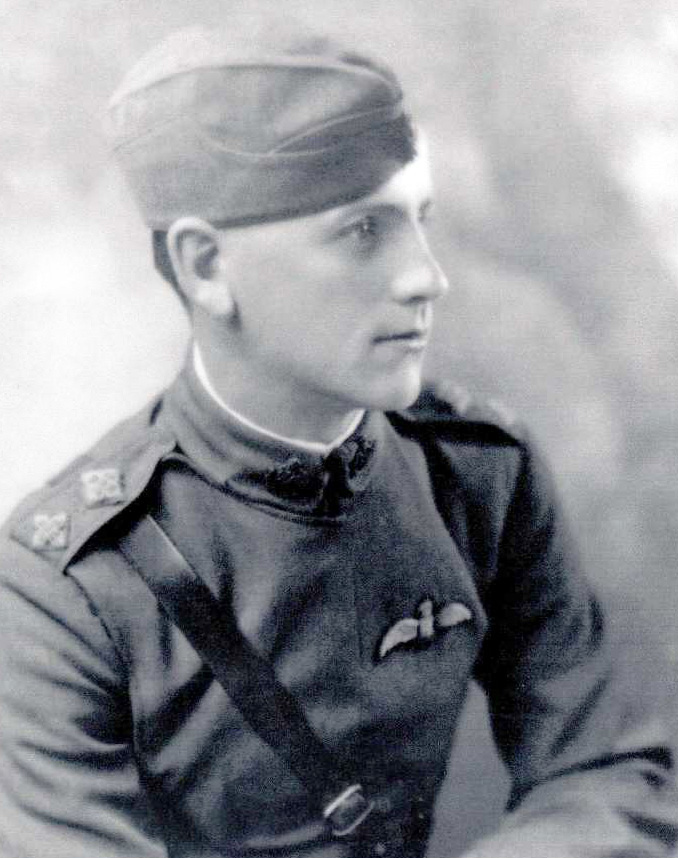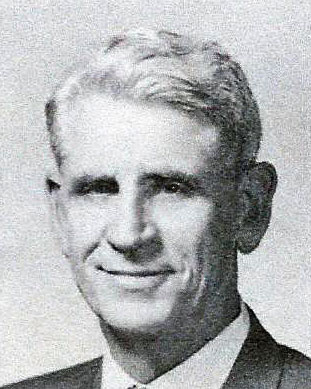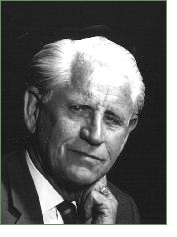[Editor’s Note: With permission, the following article was extracted from the Spring 2021 edition of the Oregon State University Alumni Magazine.]

Circa WW1
Merryfield Hall, the first campus building designed by Bennes, went up in 1909. It, too, has lived several lives: as the Mechanical Arts Building, the Industrial Arts Building, and the Product ion Technology Building. A major renovation was completed in 2020, and Merryfield will now be used for offices for faculty and graduate student from the School of Nuclear Science and Engineering, a general-purpose classroom, office space for the college, and large “innovation spaces” for students to work collaboratively.

Circa 1962
But the most memorable thing about the modest, low-slung structure is its namesake, Fred Merryfield, one of Oregon State’s most celebrated alumni and faculty. Born in England in 1900, Merryfield talked his way into the Royal Flying Corps at age 17 and flew fighters during World War I. He was shot down over enemy territory and severely injured, but he made it back to England.
After the war, he struck out for the U.S. with plans to work his way across the country and sail for Australia. He made it as far as Corvallis and Oregon Agricultural College, where he earned a Civil Engineering Degree in 1923, followed by a Master’s Degree in sanitation engineering on the East Coast. In 1927, he returned to Corvallis and joined the engineering faculty, serving until his retirement in 1966.

During World War II, Merryfield volunteered as a civilian and laid out the sanitation system at Camp Adair, north of Corvallis. It housed approximately 40,000 people – enough to have constituted the second largest city in Oregon. After the fall of Singapore, he enlisted in the U.S. Army Corps of Engineers and served in New Guinea.
Merryfield, a favorite among students, was a practicing environmentalist long before most people had ever heard the word. In the 1950s, he played a pivotal role in cleaning up the heavily polluted Willamette River. His most enduring legacy is CH2M, the environmental engineering firm that he founded with three former students in 1946 and which grew into a global powerhouse in its field, ultimately to be acquired in 2017 by Jacobs Engineering Group.
